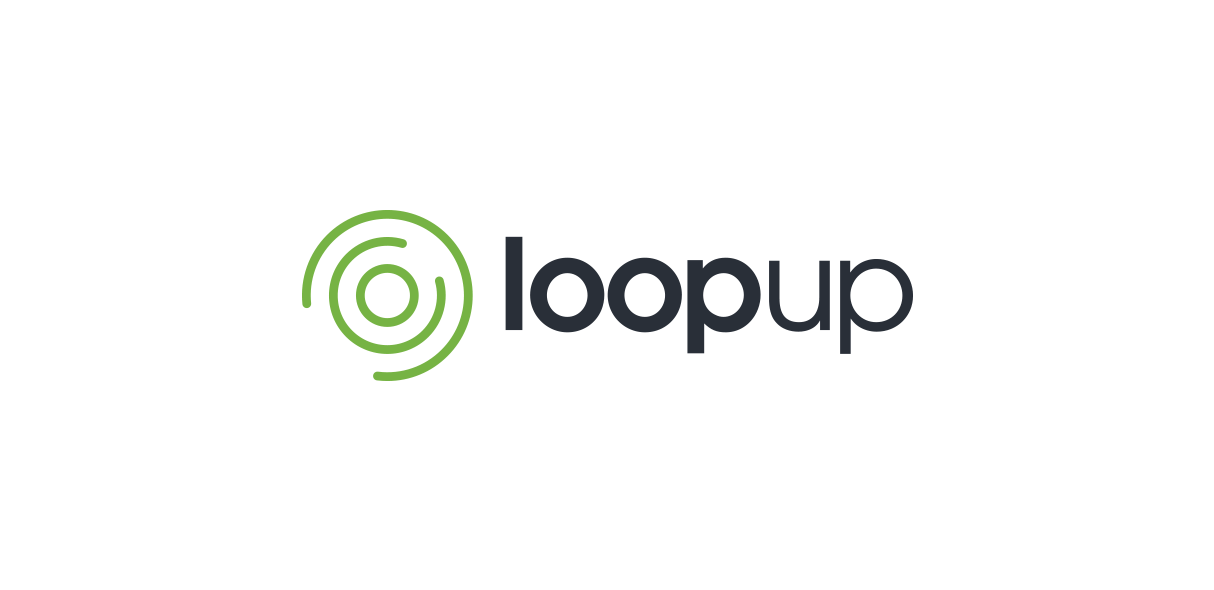
You’re on a very important call, about to present the latest quarterly marketing plan to the full company. Your boss’s boss is on, so is the CEO.
And then you realize that your desktop is a metaphorical battle zone.
The arsenal of your lunchtime web search for weekend getaways strewn about. Bits and scraps of Groupon meal deals still on display. The potential, self-wounding shrapnel of multiple chat windows are open — some innocent enough with coworkers, others most definitely NSFW.
You need an immediate scrub down of your virtual workstation.
Racing in your last 30 seconds before “the ball” is passed your way, you whiz through the closing of open tabs, as if unexpected company called to say they would be arriving at your home momentarily. You hurriedly shut some windows, sweep a few items under the rug and with a sweat on your brow, hope that nothing embarrassing “pops up.”
A lot like your living room, your computer desktop is the first impression people get of you when they cross your binary threshold. If clean and orderly, it displays you at your best. But when it’s a mess, you’ve just exposed more than you’ll ever want to colleagues, superiors and even clientele.
So to help keep you ahead of the game, we’ve compiled a quick and dirty checklist of items to check off before you let the world into your desktop:
Close out all email and chat programs
If there is one tip you make a priority from our list, this is the one. There is absolutely nothing more embarrassing or reputation damaging than an unexpected and compromising message popping into screen.
Save anything you need to, and if there is content from a note that you might need to share from email, simply copy and paste it into a document or slide. But otherwise close it all.
Disable notifications across the board
Yet, even when disabled, there are still some of the above programs that will continue to send you notification popups.
Here’s steps to shut down notifications across Apple and Windows operating systems:
On a Mac: (the below focuses on OS X El Capitan)
- Choose Apple menu > System Preferences, then click Notifications.
- Select the app on the left, then choose None below “[App] alert style” on the right.
On a Windows-based device: (the below is for Windows 10)
- Click on Action Center icon located on the right-hand side of the Windows task bar.
- Select the All Settings button with the gear icon and select System in the top-left corner of the window.
- Afterward, click Notifications & Actions.
Hide browser bookmarks
At LoopUp we’re all about timesaving, and web browser bookmarks are right up there with the cream of the crop. Saving locations on the internet to retrieve files or access programs can be extremely economical for your work day.
However, they can also give up more information than you’re willing when on a call. For instance, while sharing your screen with one client, you might be divulging other client names that you work with, or tools, etc.
Hide your bookmarks bar in two quick steps. Simply right click on the Bookmarks section of your browser window and deselect “Show Bookmarks Bar.”
Make sure your desktop background is SFW
A well-chosen desktop background can be a great conversation starter, serenity enhancer, or quick trip down memory lane. It can also be highly embarrassing if you use the space to remember a weekend spent drinking in Cabo.
We recommend using a nature background as a default to keep things simple.
Maybe some images of two comparisons, like a nature scene vs. personal pics.
Close out web searches or desktop programs
Another piece of clutter management to keep in mind. Remember: the goal in the end is to remove any and all extemporaneous content that can be taken the wrong way out of context.
Even when done during your lunch break, or for work purposes, web searches can be seen as frivolous and present you as someone wasting company resources.
Only have pages up that are absolutely necessary to view during the screen sharing.
Have all your presentation pieces at the ready
Finally, just as you would prep for an in-person presentation, have all your materials at the ready — PPT’s, web pages, and other documents should be opened and minimized until ready for presentation.
Otherwise while you’re wasting time queueing up documents when you should be sharing, you’re leaving the call wide open for sidetracking conversations to arise.
A little something extra: It’s also a good idea to have an introduction prepared before you hop into sharing. Tell your call guests about each of the items you’ll be walking them through, as well as the overall objective for the program so that you’re helping to lead them down a path of understanding the project with context. The results will always be to your benefit when this is done.
Stay tuned for more tips on our blog, and follow us on Twitter and LinkedIn for more industry content and product updates.









